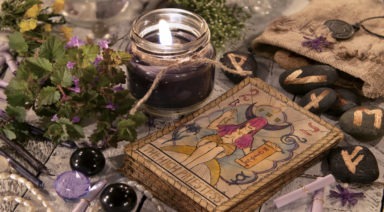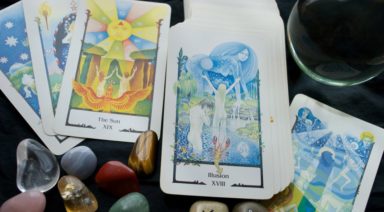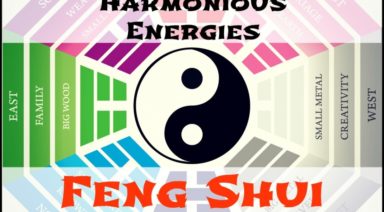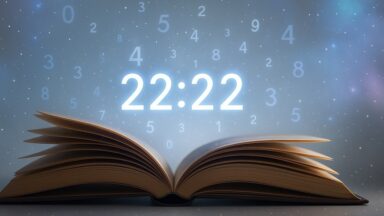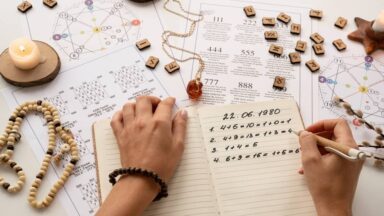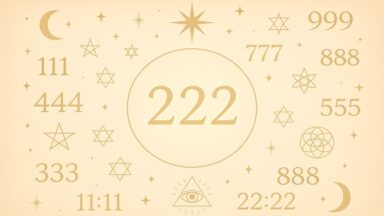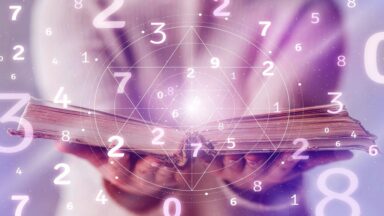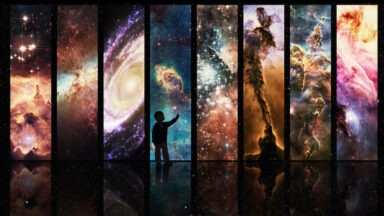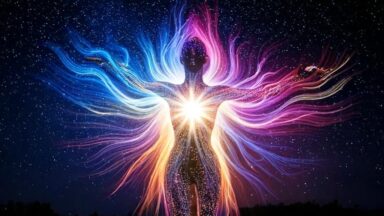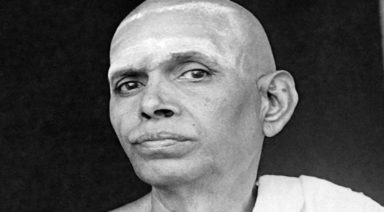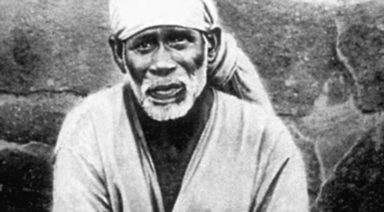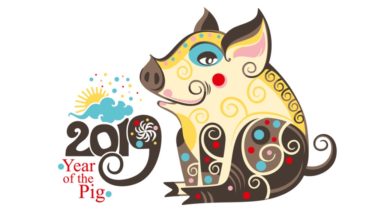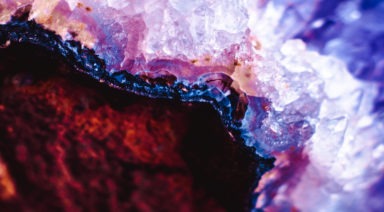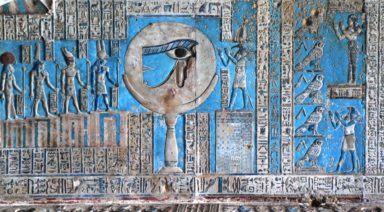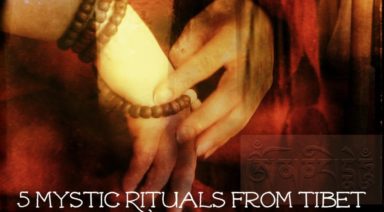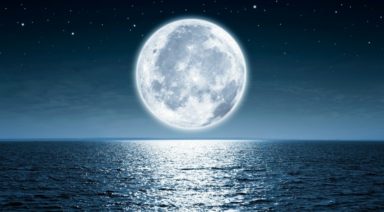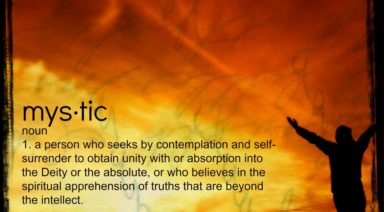Tarot Popularity Has Increased Significantly Over the Past Year
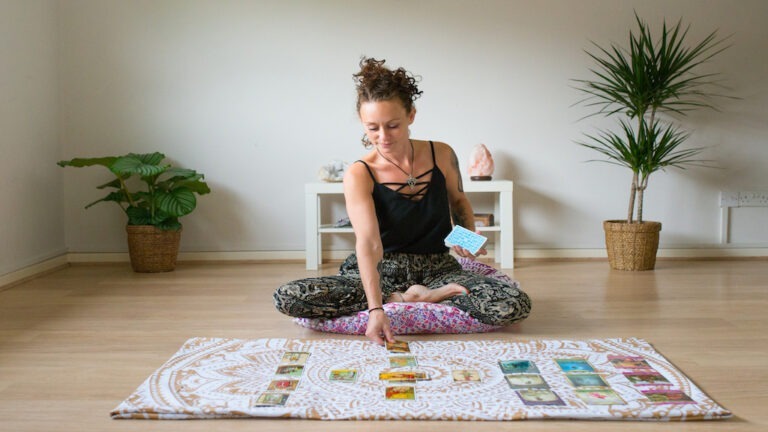
Could there be an increase in the use of tarot? If so, what is driving this surge of interest from truth-seekers?
Tarot cards, once believed by some people to be evil or dangerous can now be seen everywhere. Tarot has gone mainstream. Christian Dior offers designs for decor, dinnerware, and fashion, but tarot and oracle decks for divination are the bestsellers. U.S. Game Systems, a leading publisher of tarot cards, tells the Financial Times they’ve had to double their print runs in the past year because they sell out so fast.
It’s not just tarot, the New York Times reports data from Yelp showing searches for “supernatural readings” more than doubled in April. Why are so many people turning to these methods now?
Watch more:
The Seven Cycles of Life, and Then Some

Did you know that no two people see the same rainbow? It’s a fact. Each of us views a rainbow through billions of water droplets. Even if we are only a couple of inches apart, we’re looking through a completely different set of lenses in order to see one of the most magnificent sights in nature. Hold that thought, as we’ll come back to it later.
The Number Seven
What is it about the number seven that fascinates us? With a pair of dice, seven is statistically the most probable number to be thrown. Fortunes have been made and lost on that premise. In many holy texts, the number seven is ubiquitous.
Seven is mentioned over 700 times in the Bible, starting off as the number of days it took to create the world and going from there. There are seven seals in the Book of Revelations. Seven trumpeters blew seven Shofars, ram’s horn trumpets, for seven days around Jericho, until the walls crumbled, and much more.
There are seven unique notes in our common musical scale, the eighth note being the octave above the first note. There are seven colors in a rainbow. The moon has four distinct phases: new moon, first quarter, full moon and third quarter, each of these approximately seven days apart.
There are seven Chakras. Last but certainly not least, and probably the most important reason that humans are fixated on the number seven, is that there are seven visible planets in the heavens. The most obvious of these are the Sun and Moon. The others are Venus, Mercury, Mars, Jupiter, and Saturn.
These seven planets have provided a foundation of belief that has been drawn upon for millennia. They became the Gods of the ancient Greeks, Romans, and Egyptians, as well as most other cultures. In Vedic astrology, they can define almost every aspect of our life, from birth to death and beyond.



